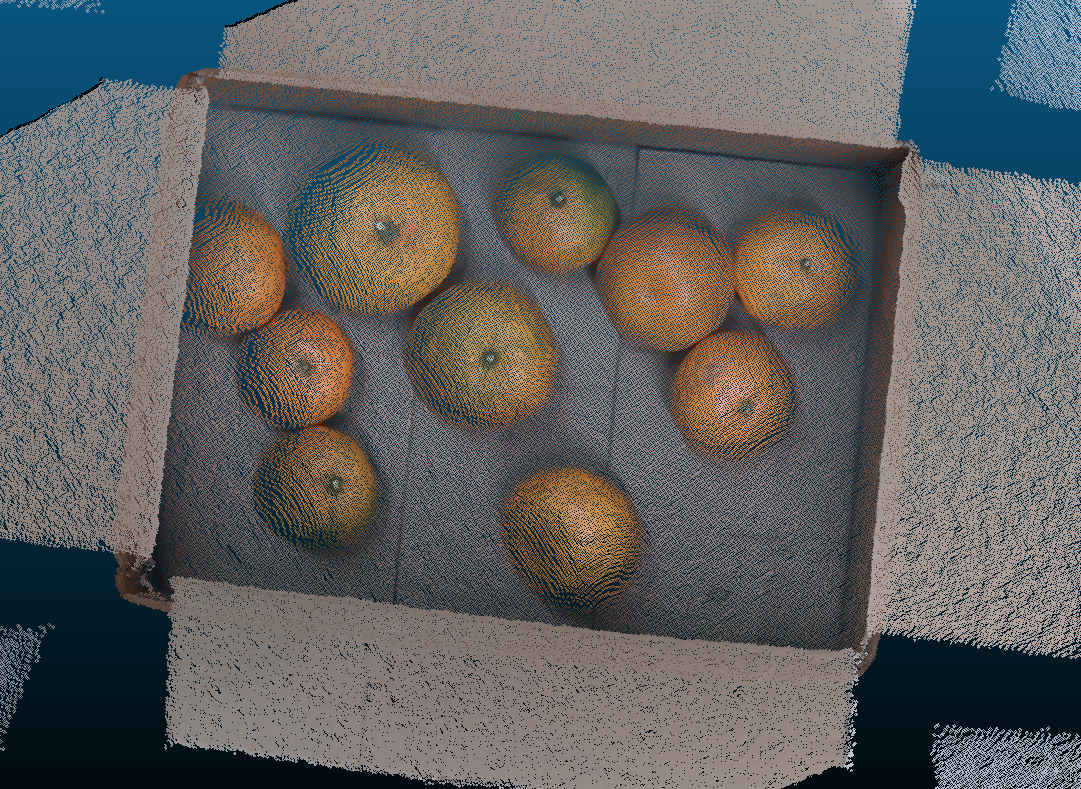Unlocking the Potential of RGBD Cameras: A Breakthrough in Capturing Depth and Color Simultaneously

Introduction: Imagine a camera that not only captures the vibrant colors of our surroundings but also delves into the depth and distance between objects. This article explores the groundbreaking technology of RGBD cameras, uncovering their magic and the wealth of possibilities they unlock for various industries and applications.
How RGBD Cameras Work: Capturing Color and Depth Simultaneously
RGBD cameras, also known as depth cameras or 3D cameras, revolutionize imaging by capturing both color and depth information simultaneously. Unlike traditional cameras, RGBD cameras use additional sensors like Time-of-Flight (ToF) or structured light technology to measure the distance between the camera and objects in the scene. By combining depth measurements with color information, these cameras create a three-dimensional representation, providing a more accurate and detailed understanding of the captured image.
Working Principles: The working principle of RGBD cameras varies based on the technology used. Time-of-Flight cameras emit infrared light and calculate the distance based on the light's travel time. Structured light cameras project an infrared light pattern onto the scene and analyze its deformation to determine depth.

Applications of RGBD Cameras: Impact Across Industries
The versatility of RGBD cameras has led to their widespread adoption across various industries.
Robotics and Automation: RGBD cameras play a pivotal role in robotics and automation by enabling robots to perceive and interact with their environment. Real-time 3D depth maps assist robots in navigating complex environments, avoiding obstacles, and manipulating objects with precision.
Augmented Reality and Virtual Reality: Enhancing augmented reality (AR) and virtual reality (VR) experiences, RGBD cameras capture both color and depth information. This leads to more realistic and immersive AR and VR applications, including interactive gaming, architectural visualization, and virtual training simulations.
Advantages of RGBD Cameras: A Comprehensive View
The use of RGBD cameras offers several advantages over traditional color cameras or standalone depth sensors.
Simultaneous Capture of Depth and Color: One key advantage is the ability to capture both depth and color information simultaneously. This holistic approach enhances the overall visual experience, whether for object recognition, scene reconstruction, or measurement purposes.
Real-time Depth Sensing: RGBD cameras provide real-time depth sensing capabilities, allowing for immediate feedback and interaction with the captured environment. This is particularly crucial in applications where responsiveness and accuracy are paramount, such as in robotics, gaming, and augmented reality.
Compact and Cost-Effective Solutions: Compared to traditional depth sensing technologies, RGBD cameras offer compact and cost-effective solutions. The integration of depth sensing capabilities into a single device eliminates the need for additional sensors or complex setups, making them more accessible for consumer applications like 3D scanning, gesture recognition, and virtual try-on experiences.
Choosing the Right RGBD Camera: Factors to Consider
With a growing number of RGBD camera options, selecting the right one involves careful consideration of various factors.
Depth Sensing Technology: Different RGBD cameras use varied depth sensing technologies, such as Time-of-Flight or structured light. The choice depends on specific application requirements, with ToF cameras excelling in outdoor environments and structured light cameras providing accurate depth measurements suitable for indoor settings.
Resolution and Accuracy: Consider the resolution and accuracy requirements of the application. Higher resolution cameras offer more detailed depth maps but may impact frame rates. For applications requiring precise measurements or object recognition, cameras with higher accuracy specifications are recommended.
Connectivity and Compatibility: Ensure the chosen RGBD camera is compatible with existing hardware and software infrastructure. Consider connectivity options, such as USB or Ethernet, and check if the camera supports the programming languages or frameworks intended for use.
Cost and Budget: Budget constraints are crucial when selecting an RGBD camera, as prices can vary based on features and capabilities. Evaluating requirements and prioritizing essential features guides decision-making.
Explore Options in Our Depth-Sensor Store
CS30:
- Cost: 299 USD (Shipping included)
- Lead time: 1 week
- Pros: Cost-effective, Large field of view (H100*V75), Lightweight
- Cons: Limited to indoor applications, Utilizes a rolling shutter RGB system

- Cost: 549 USD (Shipping included)
- Lead time: 1-2 weeks
- Pros: Industrial design with aviation plug, Suitable for outdoor applications
- Cons: Utilizes a rolling shutter RGB system

- Cost: 699 USD (Shipping included)
- Lead time: 2-3 weeks
- Pros: VGA resolution at High frames(30fps), Big Depth and RGB FoV, IMU integrated
- Cons: Utilizes a rolling shutter RGB system

In evaluating the CS30, X-D500, Okulo C1 depth sensors and other depth cameras, it's evident that each device offers a unique set of features catering to specific needs and applications.
The CS30, priced at 299 USD, stands out for its cost-effectiveness, large field of view (H100*V75), and lightweight design. While it is limited to indoor applications and utilizes a rolling shutter RGB system, its affordability and versatile field of view make it a compelling option for various projects.
The X-D500, priced at 549 USD, presents an industrial design with an aviation plug, making it suitable for outdoor applications. Despite also employing a rolling shutter RGB system, its robust construction and adaptability to outdoor environments make it an attractive choice for scenarios requiring durability and resilience.
For those seeking a higher resolution and advanced features, the Okulo C1, priced at 699 USD, offers VGA resolution at high frames (30fps), a generous depth and RGB field of view, and an integrated Inertial Measurement Unit (IMU). While it shares the rolling shutter RGB system limitation, its enhanced capabilities make it well-suited for applications demanding superior image quality and motion tracking.
Ultimately, the choice among the CS30, X-D500, and Okulo C1 depends on the specific requirements of the project, including budget constraints, environmental conditions, and desired features. As technology continues to evolve, these depth sensors exemplify the ongoing innovation in the field, providing users with a range of options to meet diverse needs in computer vision and robotics applications.



